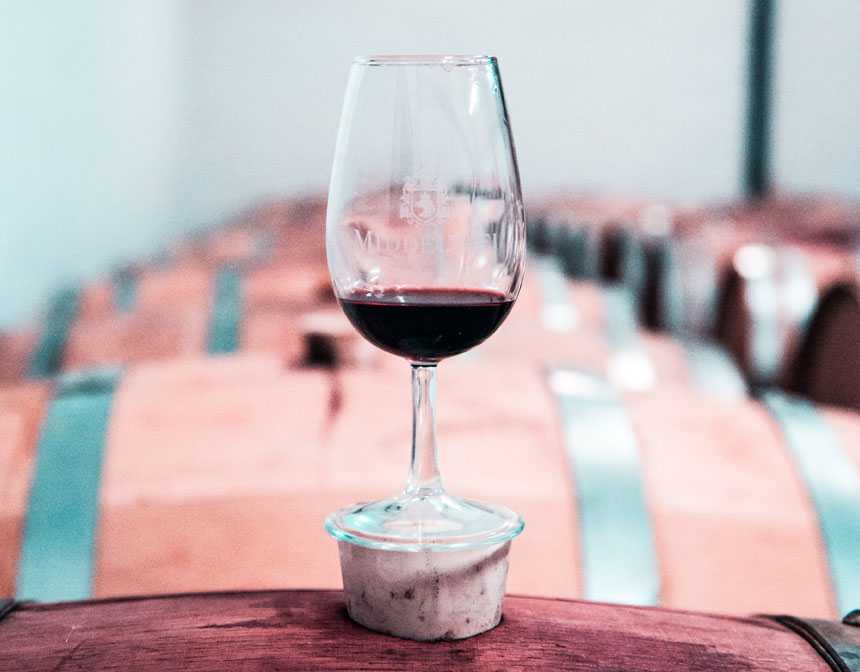The Legacy of Pan Con Tomate:
Originating from the vibrant region of Catalonia in Northeastern Spain, Pan Con Tomate, also known as 'Pa amb Tomàquet' in Catalan, holds a special place in the heart of Spanish gastronomy. It's fascinating to think that such simple ingredients can come together to create a dish that's both rich in flavor and history. This delicacy, while humble in its composition, speaks volumes about the Spanish knack for transforming basic ingredients into culinary masterpieces.
Simplicity is the Key:
The beauty of Pan Con Tomate lies in its simplicity. It's a reflection of the Mediterranean way of life - uncomplicated, relaxed, and focused on savoring every moment. The dish was traditionally a means to revive stale bread, ensuring nothing went to waste in households. By rubbing ripe tomatoes on bread, followed by a touch of garlic, a drizzle of olive oil, and a pinch of salt, old bread was given a delicious new lease of life. Over time, this frugal creation found its way to the tables of upscale tapas bars, solidifying its status in Spanish cuisine.
A Symbol of Unity and Celebration:
Pan Con Tomate is more than just a dish; it's a symbol of unity and celebration. Often served during family gatherings, festivals, and communal events, it’s a testament to the Spanish ethos of sharing and community. When in Spain, especially Catalonia, it's not uncommon to see locals indulging in this treat during breakfast or paired with a glass of wine in the evening. Its universal appeal, from the bustling streets of Barcelona to the serene countryside, showcases the dish's integral role in forging connections and creating cherished memories.
What Is Pan Con Tomate Made Of?
Pan con tomate, also known as "pa amb tomàquet" in Catalan, is a simple yet delicious Spanish dish made of the following key ingredients:
Bread: Traditionally, a rustic country loaf or baguette is sliced and lightly toasted.
Tomatoes: Ripe tomatoes are cut in half and rubbed over the toasted bread, imparting their juice and pulp. The best tomatoes for this dish are usually juicy and aromatic.
Garlic: A clove of garlic can be cut in half and lightly rubbed over the bread for an added layer of flavor.
Extra Virgin Olive Oil: After the tomato, a generous drizzle of good quality olive oil is added to the bread.
Salt: A sprinkle of coarse salt is the final touch.
The essence of pan con tomate lies in the quality of its ingredients. Since the recipe is so simple, using the best tomatoes, a fresh loaf of bread, and high-quality olive oil makes all the difference in achieving the authentic taste of this iconic dish.
How Do You Pronounce Pan Con Tomate?
"Pan con Tomate" is pronounced as:
Pan: As it looks, rhyming with "tan".
Con: Pronounced like "cone", but shorter, more like "kohn".
Tomate: This word is pronounced "toh-MAH-teh".
So, all together, it would sound something like: "Pahn kohn toh-MAH-teh".
What Wine Goes with Pan Con Tomate?
"Pan con Tomate" is a classic Spanish tapa that pairs wonderfully with several types of wine. Given its fresh, tomato-centric profile with garlic and olive oil, the ideal wine pairing should complement the dish's simplicity while enhancing its flavors. Here are some recommended wines to pair with "Pan con Tomate":
Cava: This Spanish sparkling wine is crisp and bubbly, making it a delightful contrast to the savory flavors of the tapa. The effervescence of Cava cleanses the palate after each bite.
Albariño: A white wine from Spain's Rías Baixas region, Albariño has fresh citrus and mineral notes, complementing the acidity of the tomatoes.
Verdejo: Another Spanish white wine, Verdejo offers hints of green apple, pear, and fennel, working harmoniously with the tomato and garlic.
Tempranillo: If you prefer red wines, a young Tempranillo (especially those labeled "Joven") can be a great match. These wines tend to be fruit-forward with soft tannins, which won't overpower the dish.
Garnacha: Known as Grenache in France, Garnacha wines are often light and fruit-driven with good acidity, making them a suitable red wine option for "Pan con Tomate".
Rosado (Rosé): Spanish rosé wines, particularly those from the Navarra region, are fresh, fruity, and generally dry, which can be a delightful pairing, especially during warmer months.
Remember, wine pairings can be quite subjective, and the best pairing often depends on personal preference. It's always a good idea to try a few different options and see which one you like best with the dish!
For more, check out our ‘How To Choose Wine?’ article.
How Many Calories In A Pan Con Tomate?
The calorie content of "Pan con Tomate" can vary based on the size and type of bread used, the amount of olive oil, and the thickness of the tomato layer. On average, a serving of Pan con Tomate might range between 150-300 calories.
Here's a basic breakdown for a typical serving:
Bread: One slice of rustic bread (about 28g or 1 ounce) can have around 80 calories. If a thicker or larger slice is used, this can be higher.
Tomatoes: Tomatoes are relatively low in calories. One medium tomato has around 22 calories. However, for Pan con Tomate, you might not use the entire tomato for a single slice, so the caloric content would be lower.
Olive Oil: This is the most calorie-dense component. One tablespoon of olive oil has about 120 calories. But again, you might use less or more depending on your preference.
Garlic: A garlic clove has roughly 4-5 calories. Since it's rubbed on the bread, only a fraction of this contributes to the overall calorie count.
Salt: Negligible calories.
Given these factors, a single serving of Pan con Tomate might have around 150-250 calories on average, assuming you use about a tablespoon of olive oil and a medium-thick slice of bread. However, for precise caloric content, especially if you're on a strict diet or counting calories, it's best to calculate based on the exact ingredients and quantities you use.










































